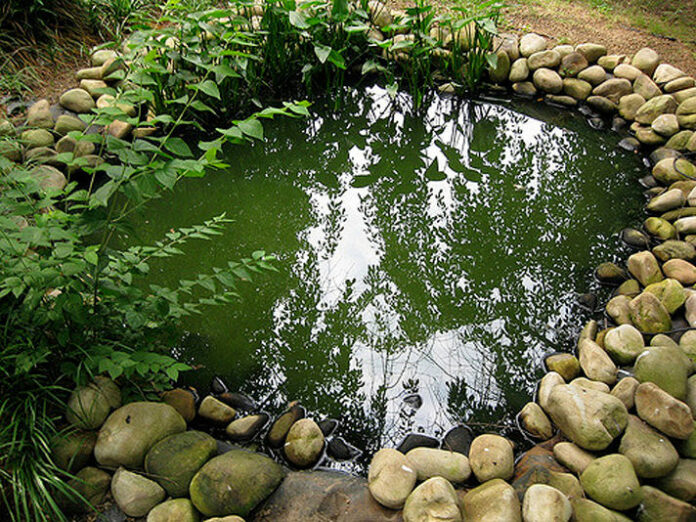Raising fish for survival food has gained popularity in recent years . More people are seeking to provide a healthy food source for their families. Raising fish at home is a safer alternative than buying fish from the store.
Raising fish, also known as aquaculture can be done on a small scale in backyard ponds,pools, or tanks. Here is a cover on the basics of raising fish in your backyard:
Commercial aquaculture and fish farm
In commercial aquaculture, there are two general strategies: intensive and extensive. Extensive aquaculture is space dependent, and utilizes large ponds. Intensive aquaculture utilizes tanks and requires a great deal of management to produce a lot of product in a small space.
Raising them at home can follow either of these strategies, but will probably be lower production than commercial systems in order to reduce the amount of equipment and the amount of management that goes into it. There are start-up costs and a learning curve associated with raising fish for food, so make sure you have your fact straight on this type of project .
Raising fish in a farm pond
Farm ponds are an ideal place to raise fish. The home version of an extensive aquaculture could be as simple as a farm pond. If you are fortunate enough to have such a pond on your property, it is a relatively simple task to stock it with regionally appropriate fish.
If your pond is large enough to have a working ecosystem, almost no management will be required, and no feed inputs either. The primary drawback to a farm pond is the difficulty of harvesting. There is no good way to harvest your fish in mass. In addition, you will be required to do it the old fashioned way, with a fishing nets.
This is not all bad, and a well-functioning pond should be able to provide you with a good meal of fresh fish anytime you want to do a bit of fishing.
Ponds in warmer areas
If you live in ares with warmer climate, a shallower pond may be stocked with Tilapia. Tilapia offer a lot of advantages in warmer climates. They are fast growers, ready breeders, and quite good eating. In a shallow pond, they can be harvested with a small net.
Raising thems in tanks
If you want to grow Tilapia in colder climate, tank culture is your best bet. Fortunately, Tilapia are quite hardy and can tolerate a wider range of water conditions than many species. Your prime enemy where Tilapia are concerned will be water temperature. Certain strains of Tilapia can survive in water temperatures as low as 48 degrees.
Grow out, from fry to fillet, is about an 8 month process, so if you time things right you can fit a growing cycle into the warm season in most areas of the country without too much heating.
Determining the ideal season
While every effort should be made to complete your grow out during the warmer months, this may not always be feasible. Since this is the case, some provision to heat the water should be made.
One good idea, if you can swing it, is to put your fish tank in a green house. This will allow you to fully capitalize on any sunlight. Fish can provide an important source of protein and variety in your self-sufficient or survival diet. They require a bit of infrastructure, but once things are set up and rolling they don’t require a great deal of work to maintain.
Keep an eye on things, don’t overstock. Furthermore,don’t overfeed and you will be enjoying fresh fish meals and sales on a regular basis.








